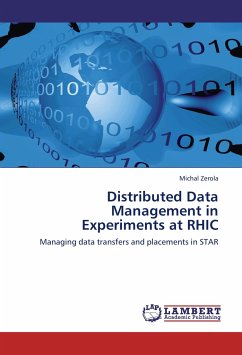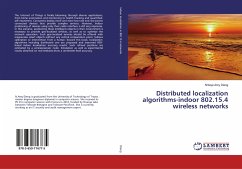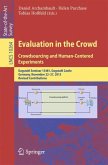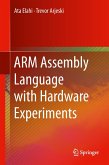The automated spread of worms such as Code-Red,
SQL/Slammer and Nimda have caused costly problems to
computers connected to the Internet. Even users whose
machines were not vulnerable to these threats
suffered a loss of productivity and experienced great
frustration as connectivity and network traffic were
negatively impacted during outbreaks. Although the
number of new worm attacks reported in the media
seems to be declining, it is vital that researchers
study the effects of malicious code on the global
network to understand how to defend against future
threats. The choice of system for studying the spread
of worms and viruses in this work was Hephaestus, a
discrete-event network simulator, developed during
the course of the author''s dissertation. The book
reports the results of several experiments on
self-replicating malicious computer code including
the validation of the simulator through a study of
the spread of Code-Red, efficiently defending against
email-based worms and distributing policy information
in an enterprise network as well as a theoretical
insight concerning spread metrics and how the damage
caused by malicious code should be measured.
SQL/Slammer and Nimda have caused costly problems to
computers connected to the Internet. Even users whose
machines were not vulnerable to these threats
suffered a loss of productivity and experienced great
frustration as connectivity and network traffic were
negatively impacted during outbreaks. Although the
number of new worm attacks reported in the media
seems to be declining, it is vital that researchers
study the effects of malicious code on the global
network to understand how to defend against future
threats. The choice of system for studying the spread
of worms and viruses in this work was Hephaestus, a
discrete-event network simulator, developed during
the course of the author''s dissertation. The book
reports the results of several experiments on
self-replicating malicious computer code including
the validation of the simulator through a study of
the spread of Code-Red, efficiently defending against
email-based worms and distributing policy information
in an enterprise network as well as a theoretical
insight concerning spread metrics and how the damage
caused by malicious code should be measured.








